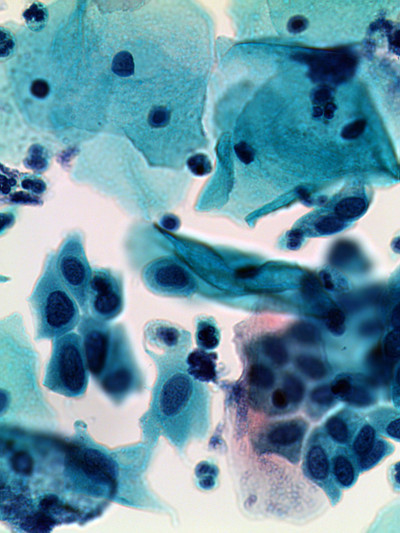Laboratory Services
25-Hydroxyvitamin D2 and D3, Serum
Print this pageUpdated Test Information:
| Test Description |
25-Hydroxyvitamin D2 and D3, Serum
|
|||||||||||||
|---|---|---|---|---|---|---|---|---|---|---|---|---|---|---|
| Synonym(s) |
25-Hydroxy D2; 25-Hydroxy D3; 25-Hydroxy Vitamin D; 25-Hydroxycholecalciferol; 25-Hydroxyergocalciferol; 25-OH Vitamin D; Calcidiol; D2; D3; Vitamin D Assay; 25HDN; 25OHD; 25DEP; Calciferol; Ergocalciferol; Cholecalciferol; Colecalciferol; CYP2R1 |
|||||||||||||
| Test ID |
25HDN
|
|||||||||||||
| Performing Lab |
Labcorp |
|||||||||||||
| General Information |
Useful for:
|
|||||||||||||
| Container Type |
Red-top tube, gel-barrier tube, lavender-top (EDTA) tube or green-top (heparin) tube |
|||||||||||||
| Specimen Type |
Serum |
|||||||||||||
| Specimen Requirements |
|
|||||||||||||
| Minimum Sample Volume |
0.25 mL |
|||||||||||||
| Stability |
|
|||||||||||||
| Limitations |
Long term use of anticonvulsant medications may result in vitamin D deficiency that could lead to bone disease; the anticonvulsants most implicated are phenytoin, phenobarbital, carbamazepine, and valproic acid. Newer antiseizure medications have not been studied or are not thought to contribute to vitamin D deficiency. |
|||||||||||||
| Methodology |
Liquid Chromatography-Tandem Mass Spectrometry (LC-MS/MS) |
|||||||||||||
| Estimated TAT |
2-5 days |
|||||||||||||
| Testing Schedule |
Monday-Friday |
|||||||||||||
| Test Includes |
|
|||||||||||||
| Retention |
2 weeks |
|||||||||||||
| CPT Code(s) |
82306 |
|||||||||||||
| Reference Range |
TOTAL 25-HYDROXYVITAMIN D2 AND D3 (25-OH-VitD)
*Could be associated with osteomalacia or rickets **May be associated with increased risk of osteoporosis or secondary hyperparathyroidism ***Optimum levels in the healthy population, patients with bone disease may benefit from higher levels within this range ****Sustained levels >50 ng/mL 25OH-VitD along with prolonged calcium supplementation may lead to hypercalciuria and decreased renal function *****80 ng/mL is the lowest reported level associated with toxicity in patients without primary hyperparathyroidism who have normal renal function. Most patients with toxicity have levels >150 ng/mL. Patients with renal failure can have very high 25-OH-VitD levels without any signs of toxicity, as renal conversion to the active hormone 1,25-OHVitD is impaired or absent. These reference ranges represent clinical decision values, based on the 2011 Institute of Medicine report, that apply to males and females of all ages, rather than population-based reference values. Population reference ranges for 25-OH-VitD vary widely depending on ethnic background, age, geographic location of the studied populations, and the sampling season. Population-based ranges correlate poorly with serum 25-OH-VitD concentrations that are associated with biologically and clinically relevant vitamin D effects and are therefore of limited clinical value. |
|||||||||||||
| LOINC Code(s) |
49054-0, 1989-3, 62292-8 |
|||||||||||||
| Additional Information |
